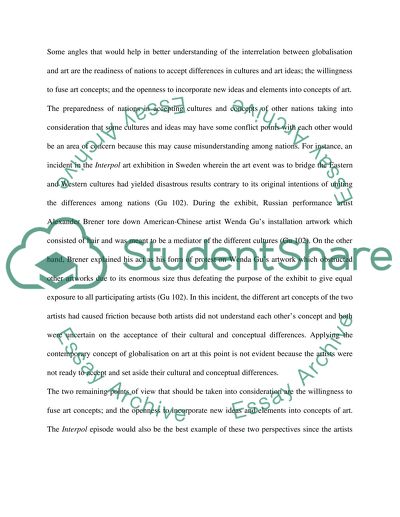Cite this document
(“Museography Essay Example | Topics and Well Written Essays - 1000 words”, n.d.)
Museography Essay Example | Topics and Well Written Essays - 1000 words. Retrieved from https://studentshare.org/miscellaneous/1559274-museography
Museography Essay Example | Topics and Well Written Essays - 1000 words. Retrieved from https://studentshare.org/miscellaneous/1559274-museography
(Museography Essay Example | Topics and Well Written Essays - 1000 Words)
Museography Essay Example | Topics and Well Written Essays - 1000 Words. https://studentshare.org/miscellaneous/1559274-museography.
Museography Essay Example | Topics and Well Written Essays - 1000 Words. https://studentshare.org/miscellaneous/1559274-museography.
“Museography Essay Example | Topics and Well Written Essays - 1000 Words”, n.d. https://studentshare.org/miscellaneous/1559274-museography.


